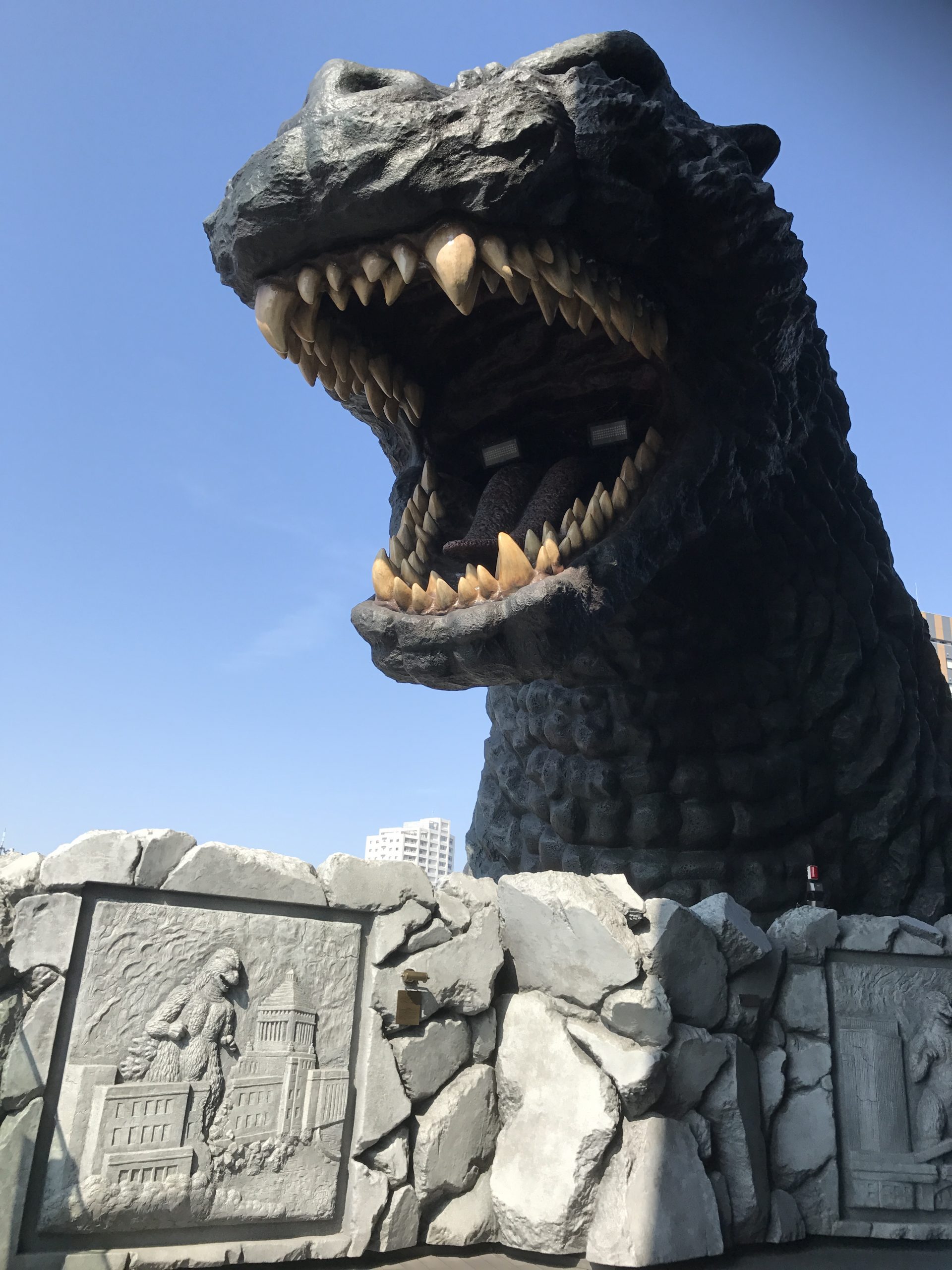
Tokyo 東京
Préfecture de Tokyo
Tokyo(東京, littéralement la capitale de l’est), la capitale du Japon située dans la région de Kanto sur l’île de Honshu (île principale).
C’est l’une des villes la plus peuplée au monde avec 12 millions d’habitants.
C’est une ville moderne mais nous pouvons entrevoir la tradition japonaise avec les temples et les sanctuaires.
-

Tokyo Skytree
The Tokyo Sky Tree is the holder of the record for the world’s tallest tower. Along with becoming a major tourist attraction, the structure’s main purpose is as a television and radio broadcasting tower.
-

Harajuku
Harajuku is home to some of the city’s best art galleries, museums and design book stores, but let’s start with the area’s most famous highlight, Takeshita Street.
-

Marchés de Tsukiji et de Toyosu
In 2018, the fish market (including the famous tuna auction) and the wholesale markets moved from Tsukiji to Toyosu. Some of the restaurants and shops stayed behind in Tsukiji…
-

Tour de Tokyo 東京タワー
La Tour de Tokyo est achevée en 1958 et fondée sur le concept de la tour Eiffel. Elle mesure 333 mètres
-

Parc d’Ueno
In the Ueno park there are many temples and museums, and it is one of the best places to enjoy the cherry blossoms in spring.
-

Temple Zojoji
This former family temple of the shogunal family during the Edo period is a must-see if you are in the area. There is an impressive garden with a large number of jizo statues, and daily Buddhist ceremonies are held.
-

Maison de bains Oedo Onsen Monogatari
Oedo Onsen Monogatari is an onsen theme park and was created to resemble a bathhouse in the Edo period (1603-1868). Upon arrival, you choose a design of yukata (summer kimono) and…
-

Café Owl Village à Harajuku
In the Harajuku area near Takeshita Street, there is a special store that allows the visitor to be in direct contact with real owls.
-

Shinjuku Gyoen
The Shinjuku Gyoen National Park is a large green area with beautiful landscapes that provide a sense of tranquility.
-

Musée d’Edo-Tokyo
In the heart of the Japanese sumo wrestling city of Ryogoku is the acclaimed Edo-Tokyo Museum. An enormous structure of 62 meters high, boasting…
-

Meiji Shrine
Near the areas of Shibuya and Harajuku is the famous Meiji Jingu, where the souls of Emperor Meiji and his wife Empress Shoken are venerated. Today it is one of the most important tourist spots in Tokyo, attracting thousands of tourists from early in the morning.
-

Sanctuaire de Nezu
Nezu jinja (or Nezu shrine) is the oldest Shinto Shrine of Tokyo, established in 1705. This temple is dedicated to the god of winds and seas, and having survived the war, it is considered a heritage of high cultural importance since all its buildings date from the year in which it was established.
-

Shinobazunoike Bentendo
In the Taito district of the city of Tokyo, you can find endless wonderful places of historical and current nature. One of them is the great Ueno Park, famous for its cherry blossoms in spring.
-

Sanctuaire Daijingu de Tokyo
If you are looking for luck in the area of love, you can visit the Tokyo Daijingu Shrine. Located near the Kudanshita area, this Shrine has as its main deity Goddess Amaterasu, goddess of the sun and who has a deep connection with the imperial family.
-

Le palais impérial
One of the most important visits on the journey through the metropolis of Tokyo is the imposing Imperial Palace. Situated near the newly renovated Tokyo station, it is a nice walk…
-

Asakusa et Temple Senso-ji
Le quartier d’Asakusa est situé au nord est de Tokyo, au bord de la rivière Sumida et est considéré comme le vieux quartier de Tokyo.
-

Cuisine spéciale de Harajuku : Tapioca et crêpes
Harajuku is a site in the city of Tokyo that is known for the “Kawaii” (Pretty, Cute) fashion, extravagant and different from any part of the planet.
-

Comment utiliser les trains JR
If you are staying in a hotel or a hostel, you will usually get an indication to get to the nearest train station.

